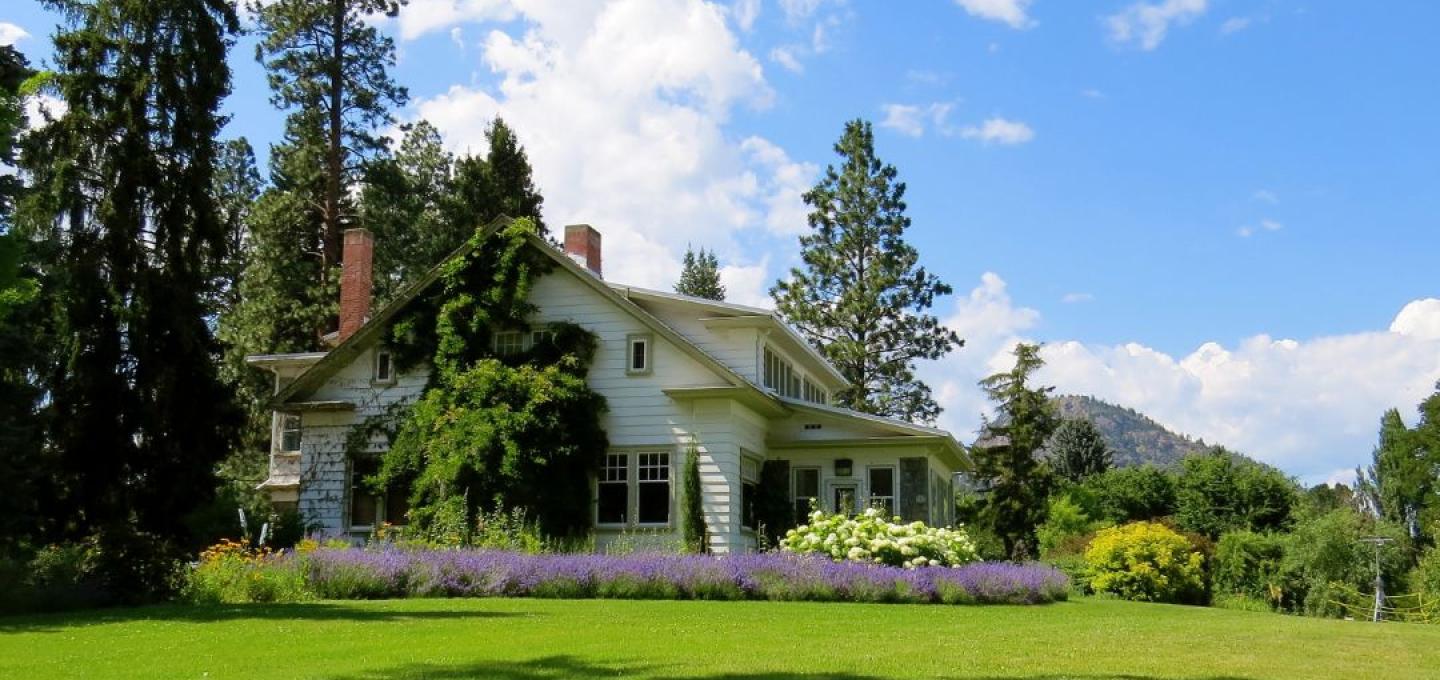
Building your own home is an exciting yet complex process that requires attention to numerous details. Future homeowners often focus on selecting a plot, conducting soil research, designing the foundation, planning construction, ordering windows, and other building activities. However, many overlook another essential aspect — landscape design. Planning and implementing green spaces around the house is not just about aesthetics but also about functionality and everyday comfort.
Landscape design should be considered an integral part of the overall construction project. Some elements, such as drainage systems, utility lines, or ground level planning, need to be addressed during the foundation phase. Neglecting these aspects can lead to issues like flooding during heavy rains or an inability to create the desired green areas.
Timing also matters when it comes to planting greenery. Spring months are the best time for most trees and shrubs, as they establish roots and grow actively during this season. Missing this window may mean waiting until autumn since summer planting can be less successful due to high temperatures and the need for constant watering.
Planning landscape design takes time and a meticulous approach. Start by identifying functional zones: relaxation areas, playgrounds, garden plots, pathways, and parking spots. At this stage, it’s important to consider materials for walkways and fences, outdoor lighting, and integrating automatic irrigation systems.
Next, assess the soil type and climatic conditions. This will help select plants that not only look harmonious but also thrive in your environment. For instance, areas with poor sandy soils are better suited for low-maintenance plants like pines or junipers. More fertile zones can accommodate fruit trees or decorative shrubs.
Another important factor is the time required for different stages of landscape design. Designing the project can take one to three months, depending on the complexity and size of the site. Preparatory work such as leveling the ground, installing irrigation systems, drainage, and pathways typically takes two to six weeks. Planting trees, shrubs, and creating lawns may take a few days or weeks, but the final results will only become apparent after a few seasons when the plants fully establish.
Here are some useful tips for future homeowners:
Begin planning landscape design alongside the house design. This avoids rework and additional costs.
Consider the orientation of plants relative to sunlight. For example, shade-loving plants are best placed on the eastern or northern side of the house.
Invest in quality drainage and irrigation systems. These will save time and effort in the long run.
Work with professional designers and agronomists who can create a harmonious and resilient project.
Don’t postpone landscaping. Starting early allows you to enjoy your property’s beauty sooner.
At IMSIP, we are ready to assist you in selecting specialists in landscape design if needed, as we value the integrity of the project and a professional approach to every stage and detail. Landscape design is an art that combines aesthetics and practicality. A well-planned area around your home will enhance your daily life and make your property both harmonious and stylish. Investing in landscaping and beautification not only creates a stunning appearance but also increases the value of your property.



